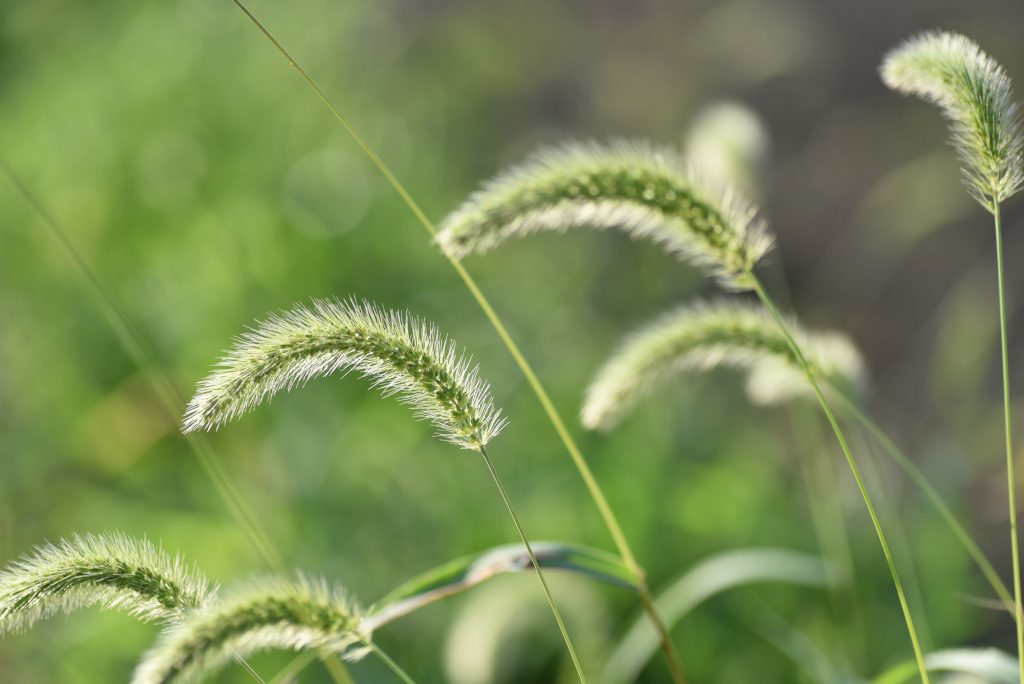
Mark Johnson, Oklahoma State University Extension Beef Cattle Breeding Specialist, offers herd health advice as part of the weekly series known as the “Cow Calf Corner,” published electronically by Dr. Derrell Peel, Johnson, and Paul Beck. Today, Johnson discusses foxtail grass.
It is apparent that the ample moisture and cooler than normal temperatures in Oklahoma over the spring and early summer has resulted in a great deal of Foxtail infestation in many pastures and hay meadows. This is a very competitive plant and conditions have been favorable for it this year. This is unfortunate and a problem that needs to be addressed.
What is Foxtail?
Foxtail is an annual, warm-season, weedy grass that is problematic. It consist of three varieties, Green Foxtail, Yellow Foxtail and Giant Foxtail. Small infestations can be spot treated, larger infestations can require renovation of an entire pasture. It reproduces annually by seed with germination from April to June and seedheads develop from July to September. Foxtails are characterized by bushy seedheads, which resemble a fox’s tail. Foxtails are adaptable and can thrive in various environments, including lawns, pastures, cultivated fields and disturbed areas. Cattle will graze Foxtail when the plants are young and before seedheads develop. Cattle do not like to graze Foxtail after seedheads have developed. The risks associated with grazing mature plants include the seedheads becoming lodged in the mouth, gums, tongue nose or eyes. This can lead to injuries, infections, decreased appetite and weight loss.
Controlling Foxtail
Controlling Foxtail can be a cumbersome process, since it is a grass, most broadleaf herbicides do not control it. Depending on the degree of infestation a combination of herbicides, tillage and mowing may be necessary. Beware that mowing existing Foxtail at this time of year has been ineffective, as the plant will send up another seedhead on a shorter stalk. Seedheads are dense and well populated so a long-term management approach including tillage and herbicide will be most successful as a means to exhaust the seed bank in the soil. Read the reference material below for more information on identifying Foxtail and effective control measures.
Best Management Practices Regarding Foxtail
- Regularly inspect your pastures and hay for the presence of Foxtail.
- Never feed hay that is heavily contaminated with mature Foxtail to cattle. In addition to the health issue mentioned above, hay feeding will spread the seed.
- Cattle that have been grazing infested areas can bring the seed into good pastures, either in their haircoat, feet or gastrointestinal tract. It will take two to three days for seed to pass through the digestive system and the seeds are still viable.

















